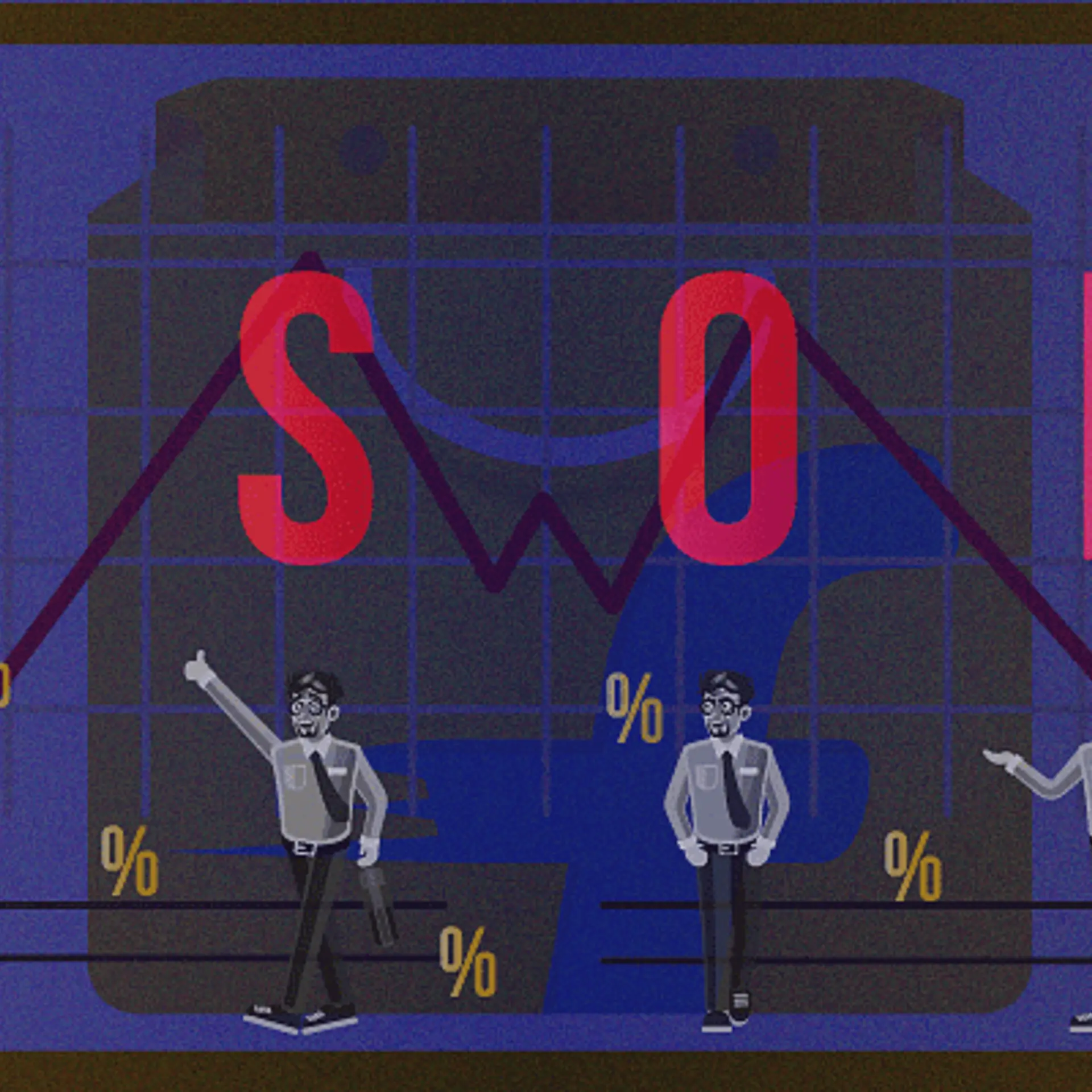Move fast and join things: The dawn of full stack businesses in India
There has been much discussion on full stack businesses over the last year. a16z has been particularly vocal and we at Aspada are believers, too. The concept of end-to-end management of value chains has been core to our investing model which is focused on solving the most difficult problems relating to access to markets and essential services in India for under-served populations. End-to-end is critical to the models we focus on, given:
a) the lack of high quality providers offering specific value chain services that can be integrated (“core competence” hasn’t really worked) and
b) it is difficult to overcome consumer friction and cultural barriers if you’re trying to deliver a significantly different (better) experience for the customer.
Our companies have always focused on owning the customer experience as opposed to serving the industry; so a full stack approach is but a natural extension.

Image credit "ShutterStock"
So what is full stack really? This has already been written about so I’ll keep it short and define a full stack business as one that owns the user/customer experience through end-to-end control of the value chain but has technology at its core (basically, run by the type 3 folks described in Chris Dixon's post here). The success of Apple and Uber has given credence to full stack being indeed possible.
Why full stack now?
Timing is the crucial element here. Full stack implementations are possible because we are most likely in the “deployment” phase (at least in the US) of the Information Age according to Carlota’s Perez’s theory on installation/deployment of technology. Marrying ideas from Kuhn with findings on the behavior of capital markets, Dr. Perez presents a compelling case on how any technology, whether the steam engine or the information age, first goes through a frenzied installation phase cheered by the financial markets and culminates in a crash. It is only then that it enters a stage of stable deployment and consolidation where it disrupts (and then integrates with) mainstream industry. The last five years in the US have demonstrated that tech businesses are no longer just about “capturing IT spends” but about impacting the way millions of people get along with their daily lives through mainstream industry disruption. It is likely, therefore, that the US has entered a multi-decadal phase of deployment of information and communication technology.
Is India also in the "deployment phase" then?
This is what interests us the most at Aspada. The general theory on deployment focuses on the “core” geographies where the technology was initially installed – industrial revolution/steam engine in England in the late 1800s, steel/heavy industry and automobile in US/Germany in the early 1900s and the Information Age in the US starting with the setup of Intel in 1971. Historically, there has been a multi-decadal lag in the deployment phase expanding from the core to peripheral geographies.
But the Information Age is different. The intrinsic nature of the technology seems to have had a profound impact on altering the traditional course of multi-decadal delay in deployment in newer geographies. In Perez’s words:
"Since a key feature of the current Information Age is the establishment of a globalized economy, the spreading of both production and trade networks across core and peripheral countries began from the early installation period. This feature is likely to distinguish the surge from all previous ones in terms of rhythm of propagation to non-core areas."
India may present the case here where installation and deployment move lock-step and leapfrog the crash altogether given the complex dynamics of the information age and the state of current global capital flows. There is early evidence of this. Over the last three years, there has been both frenzied installation (75% of the current 200 million mobile internet users have been added in the last three years) and early proof of information technology disrupting mainstream industries (take Uber or Ola for instance) to reasonable success. We might already be in India’s deployment phase.
Our Investment Strategy
Given the dawn of the deployment phase, we’re making a focused effort to find type 3 or what I call type 4 (Naveen pointed me to this) teams to build technology-led businesses that efficiently integrate tech and offline parts of the value chain to solve the hard problems that have constituted our core investing mission since 2009. We believe that technology is secular and transferable. However, a mere “copy-paste” approach from the US certainly won’t work when it comes to building full stack businesses in India, given there are industry structures, cultural behaviors and a “consciousness for value” that are very unique to the country requiring bottom-up problem solving.
Our recent investments in Fintech (Capital Float and NeoGrowth) and Edtech (Xamcheck) are representative of our new commitment to the stack. Expect a few more exciting investments in the next couple of months.







